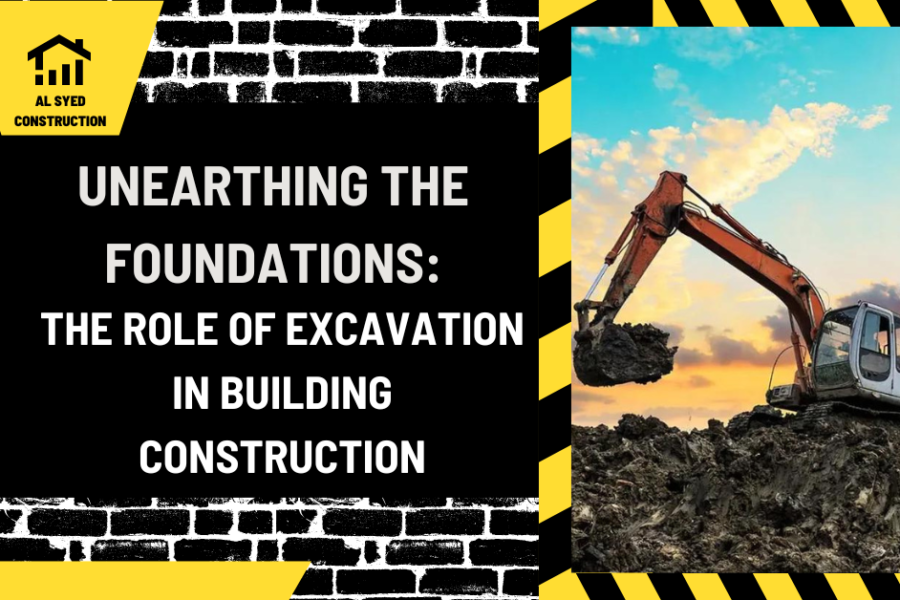Unearthing the Foundations: The Role of Excavation in Building Construction
Table of Contents
Introduction
Excavation is a fundamental process in building construction, laying the groundwork for the development of stable and secure structures. It involves the removal of soil, rock, and other materials from a site to create space for foundations, utilities, and other essential components of a building. This article delves into the intricacies of excavation in construction, exploring its purpose, methods, and the critical considerations that ensure a successful and safe excavation process.
The Purpose of Excavation in Construction
Creating Space for Foundations
The primary purpose of excavation in building construction is to prepare the site for the foundation of the structure. By removing earth and leveling the ground, contractors can create a stable base to support the weight of the building and ensure its structural integrity.
Installation of Utilities and Infrastructure
Excavation is also crucial for the installation of underground utilities and infrastructure, such as water supply lines, sewage systems, and electrical conduits. Trenches and pits are dug to accommodate these components, which are essential for the functionality and livability of the building.
Methods and Techniques of Excavation
Types of Excavation
There are various types of excavation, each suited to different construction requirements. Common types include cut and fill excavation, trench excavation, and basement excavation. The choice of method depends on factors such as the size and depth of the excavation, soil conditions, and the intended use of the excavated area.
Equipment and Machinery
Excavation work is performed using a range of equipment and machinery, including excavators, bulldozers, backhoes, and dump trucks. The selection of equipment is based on the scale of the project, the nature of the material being excavated, and the precision required.
Considerations and Challenges in Excavation
Soil Analysis and Site Assessment
Before excavation begins, a thorough analysis of the soil and site assessment is crucial. This helps determine the stability of the ground, the presence of water tables, and any potential hazards, ensuring that the excavation process is tailored to the specific conditions of the site.
Safety Measures and Regulations
Excavation work poses various safety risks, including cave-ins, falls, and equipment accidents. Adhering to safety measures and regulations, such as proper shoring and sloping of excavation walls and the use of protective gear, is essential to prevent accidents and injuries.
Conclusion
Excavation is a critical phase in building construction, setting the stage for the development of safe and stable structures. It requires careful planning, the right techniques and equipment, and a strong focus on safety to navigate the challenges and complexities of the process. By understanding the importance of excavation and implementing best practices, construction professionals can lay a solid foundation for the success of their projects.




